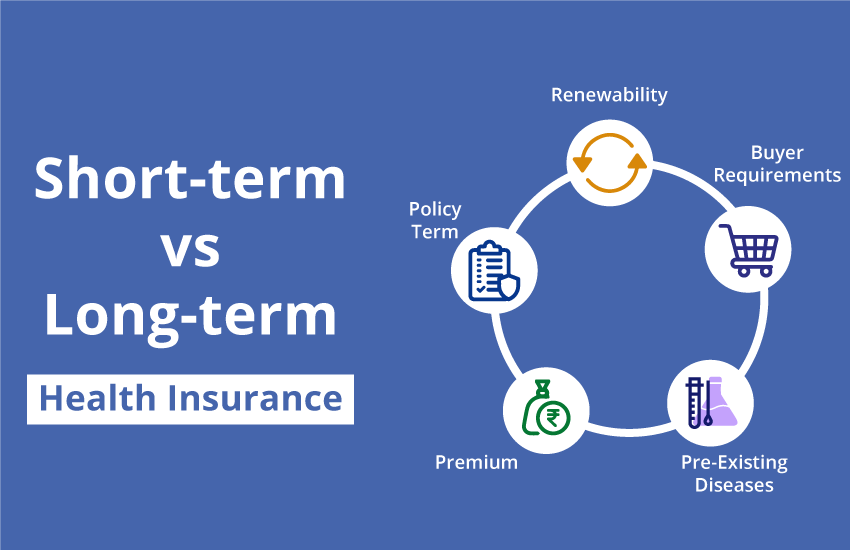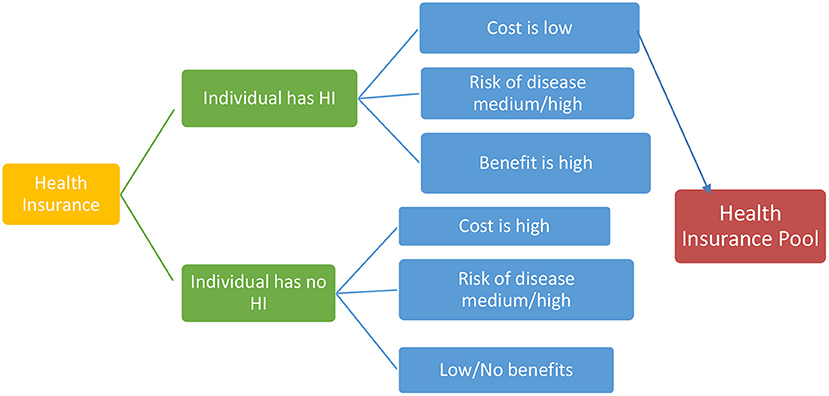Medicare Advantage Agent for Dummies
Table of ContentsRumored Buzz on Medicare Advantage Agent10 Easy Facts About Medicare Advantage Agent DescribedThe Only Guide for Medicare Advantage Agent


follows from adheres to the puzzling young fairly profile of account uninsured with the better healthFar better health and wellness average, standard younger persons. For those without access to work environment health insurance, inadequate wellness is a possible barrier to buying nongroup protection because such protection might be very priced, omit pre-existing conditions, or be just not available. Unless or else kept in mind, national price quotes of individuals without health and wellness insurance and percentages of the population with different kinds of insurance coverage are based on the CPS, the most extensively made use of source of quotes of insurance coverage and uninsurance prices.

Not known Incorrect Statements About Medicare Advantage Agent
The relationship in between health insurance policy and accessibility to care is well developed, as recorded later on in this chapter. The partnership between health insurance and wellness outcomes is neither straight neither easy, a substantial clinical and health services research literary works web links health and wellness insurance policy protection
to improved access accessibility care, better qualityTop quality and improved boosted individual population health health and wellness. The second report, on personal health outcomes for without insurance grownups, is represented by the inner circle of the figure, while the 3rd record, on family members well-being, includes the topics of the second record but highlights a various unit of analysis, particularly, the family.
In addition, it focuses specifically on those with no medical insurance for any kind of size of time. The issues faced by the underinsured remain in some aspects comparable to those dealt with by the uninsured, although they are typically much less severe. Uninsurance and underinsurance, however, include noticeably different plan concerns, and the methods for resolving them may differ. Throughout this research study and the 5 reports to comply with, the major emphasis gets on individuals with no medical insurance and hence no support in spending for health care beyond what is readily available through charity and safeguard organizations. Wellness insurance policy is a powerful element influencing invoice of treatment since both individuals and medical professionals react to the out-of-pocket rate of solutions. Wellness insurance policy, nevertheless, is neither necessary nor sufficient to get access to medical solutions. Nevertheless, the independent and direct result of wellness
insurance protection on accessibility to wellness services is well developed. Others will obtain the healthcare they require also without health insurance, by paying for it out of pocket or seeking it from service providers who provide care free or at very subsidized rates. For still others, medical insurance alone does not ensure receipt of treatment as a result of various other nonfinancial barriers, such as a lack of healthcare providers in their community, minimal accessibility to transportation, illiteracy, or linguistic and social distinctions. Formal study about uninsured populaces in the USA dates to the late 1920s and very early 1930s when the Board on the Cost of Medical Treatment generated a collection of records concerning financing medical professional workplace visits and hospitalizations. This problem became significant as the numbers of medically indigent climbed up throughout the Great Depression. Empirical research studies continually support the link between access to care and boosted wellness results(Bindman et al., 1995; Starfield, 1995 ). Having a regular source of treatment can be taken into consideration a forecaster of accessibility, as opposed to a direct procedure of it, when wellness results are themselves used as accessibility signs. This expansion of the notion of accessibility measurement was made by the IOM Committee on Monitoring Accessibility to Personal Healthcare Solutions(Millman, 1993, p. Whether parents are insured appears to influence whether or not their children get treatment along with just how much careeven if the kids themselves have insurance coverage(Hanson, 1998). The health and wellness of moms and dads can impact their ability to care for their kids and the level of family anxiety. Fretting regarding their youngsters's accessibility to care is itself a resource of stress and anxiety for parents. 3 phases adhere to in this record. Phase 2 provides a summary of how employment-based health her comment is here and wellness insurance policy, public programs and individual insurance plan run and interact to supply extensive however incomplete coverage of the U.S. populace. This consists of an evaluation of historical trends and public plans impacting both public and personal insurance, a discussion of the communications amongst the different kinds of insurance coverage, and an exam of why individuals move from one program to one more or wind up
